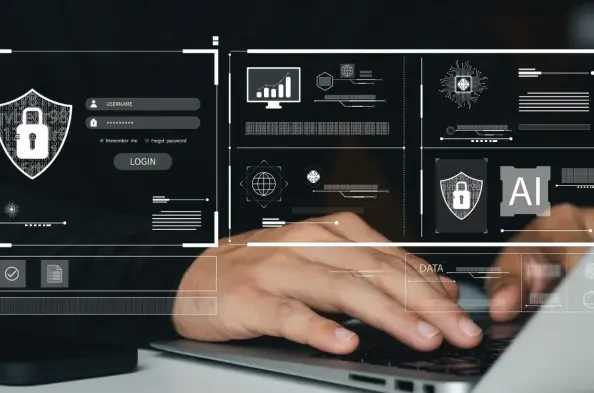Changing work environments and increasing cyber threats have intensified the focus on zero trust frameworks as essential components of modern cybersecurity strategies. As businesses reevaluate their approaches, key insights into market trends and future projections reveal a growing emphasis on zero trust principles to combat evolving data security challenges.
Context and Significance of Market Analysis
Within today’s cybersecurity landscape, zero trust has emerged as a pivotal strategy in fortifying organizational defenses against sophisticated cyber threats. The traditional security perimeter is no longer adequate, necessitating innovative solutions that focus on safeguarding digital assets. Analyzing the zero trust market provides valuable insights into current trends, challenges faced by businesses, and potential future shifts, making this analysis crucial for stakeholders aiming to protect their digital infrastructures effectively.
Current Market Trends and Future Projections
The Rise of Zero Trust Principles
Since its inception by John Kindervag in 2009, zero trust has steadily gained traction as organizations globally recognize the inadequacies of conventional security models. The emphasis on verifying user and device identities aligns with the current need for secure remote work solutions. Regulatory frameworks, such as the European Union’s NIS2 and Executive Orders in the United States, compound the urgency for adopting zero trust methodologies, which has become a driver in market expansion. Companies are increasingly seeking comprehensive security architectures that integrate continuous verification and multifactor authentication.
Challenges in Zero Trust Implementation
Despite momentum, the journey toward zero trust adoption entails considerable obstacles. Mischaracterized as a standalone product, zero trust is instead a complex strategy requiring cohesive integration within existing systems. Incidents like the Okta breach exposed vulnerabilities in identity reliance and underscored the need for robust, layered security frameworks. Organizations must navigate the complexities of updating legacy infrastructure, ensuring executive buy-in, and fostering organizational culture change to support these dynamic security policies.
Global Adoption and Technological Advances
Regional disparities affect how zero trust is implemented, with stricter data privacy regulations in some areas creating varied adoption rates. Opportunities arise from leveraging artificial intelligence and machine learning to enhance security measures. These technologies offer promising avenues for strengthening real-time threat detection capabilities, potentially reshaping zero trust strategies. Experts predict that advancements in technology and regulatory updates will define market dynamics further, urging companies to continuously adapt and invest in scalable solutions.
Reflective Insights and Strategic Recommendations
The insights from this market analysis emphasize the enduring importance of zero trust as a cornerstone of cybersecurity. Organizations, therefore, need to prioritize developing risk assessments, identifying critical assets, and incrementally adopting zero trust methodologies to build resilient defenses. The process requires aligning technological investments with strategic objectives, thus ensuring synergy between security enhancements and operational efficiency. Continuous innovation and adaptability to emerging threats remain essential for organizations aiming to maintain robust defenses and secure their digital futures.






